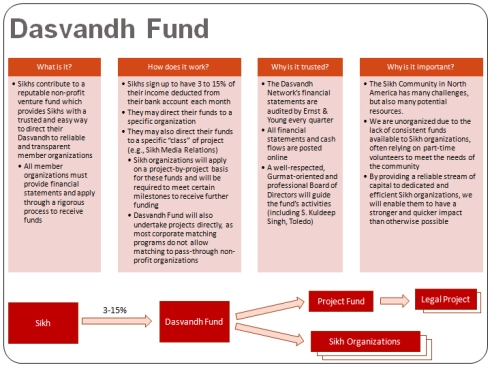The day of Vaisakhi 2010 brought me many blessings. I hope all of you were able to remember Vaisakhi in your own way, use it to strengthen your connection with Waheguru, and enjoy it with the Khalsa Panth.
Two major announcements on activities occurring within the Sikh sangat this May:
Sikh Youth Alliance of North America Gurmat Retreat – Detroit, MI – Memorial Day Weekend, May 28-31
Over the last 16 years, our sevadaars in the Midwest have been running a fantastic gurmat camp and this year’s retreat will no doubt be just as outstanding. The theme of this year’s retreat is “Putting the Guru’s Word into Action.” Through Keertan Divaans, various workshops, Gurbanee discussions, and healthy debate, participants will explore several aspects of Gurmat practice and together open a dialogue for how these principles are integrated into daily life. Speakers include Sardar Ajmel Singh, author of Gurbaannee’s Significance and Pronunciation and Understanding Gurbaannee, Sardar Kuldeep Singh, author, speaker and leader within North America on Sikh and Gurmat topics, and Cynthia Keppley Mahmood, Professor and author of “Fighting for Faith and Nation: Dialogues with Sikh, Militants.” Check it out and sign up here.
The Hermeneutics of Sikh Music (rāg) and Word (shabad) – Hofstra University, Long Island, NY – May 21-23
A variety of lectures and discussions about the musical expression of the shabad will be given by an international group of scholars and performers. The full and colorful schedule can be found here. Think you might be able to attend? Register here.







 Over
Over 
Recent Comments